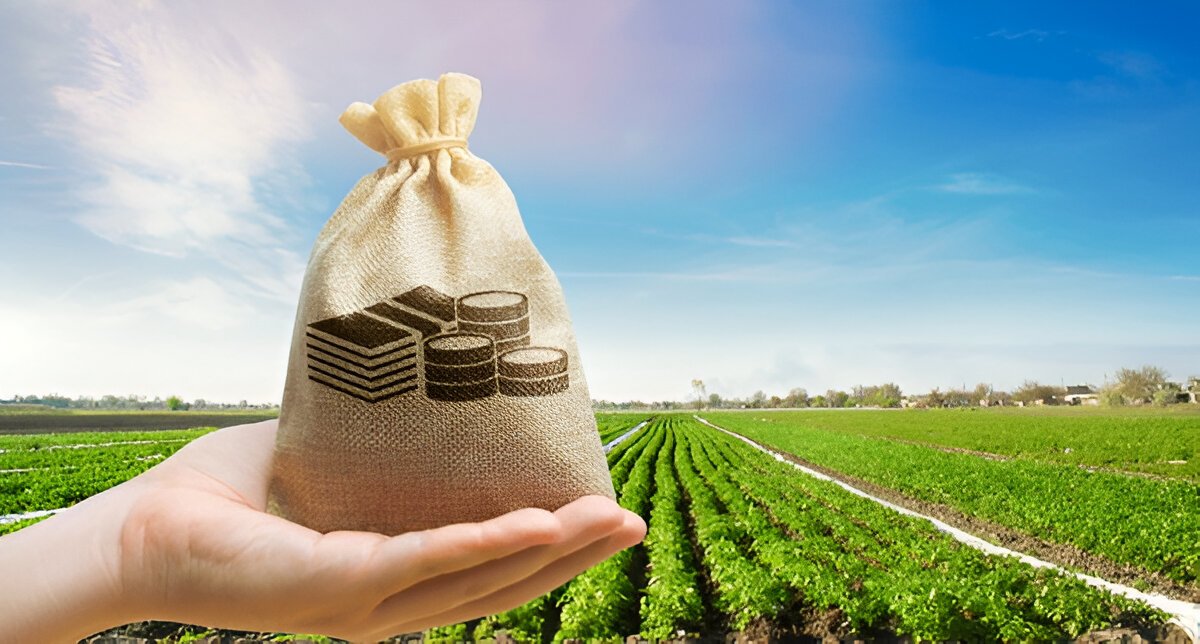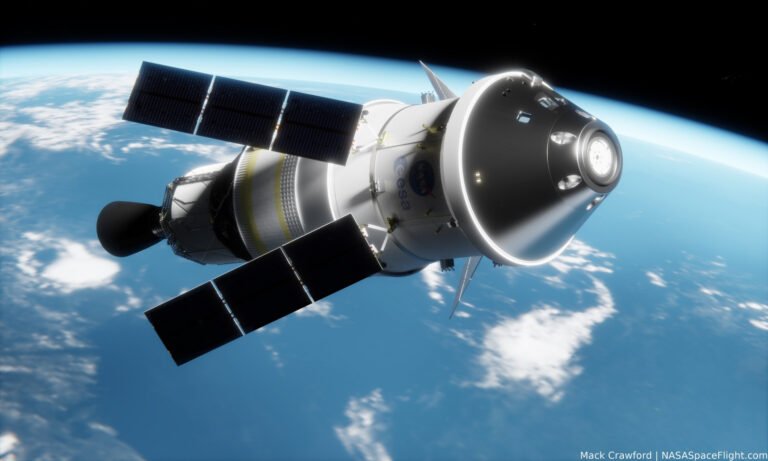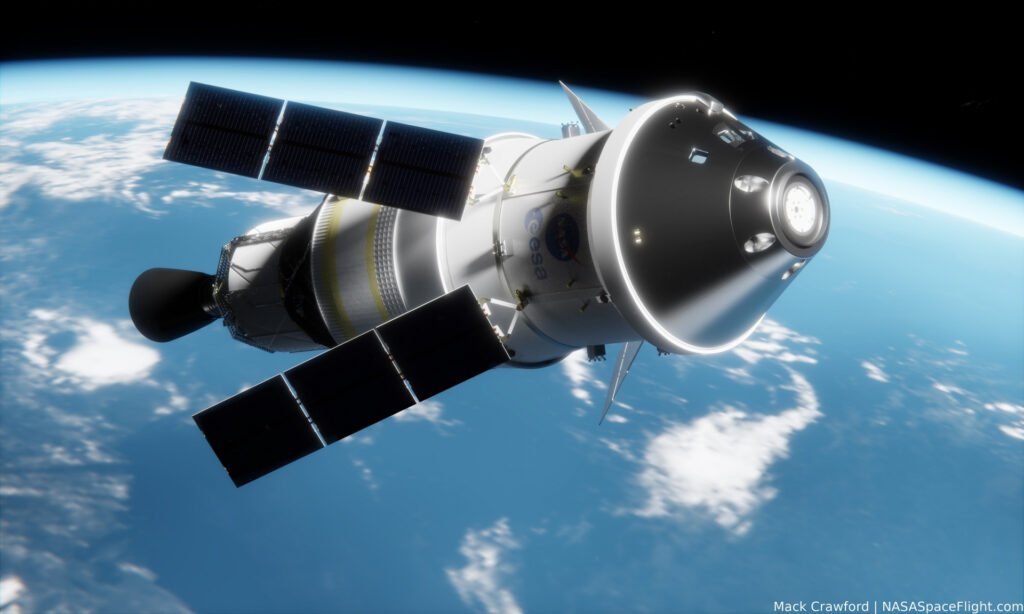The agricultural sector serves as Pakistan’s economic backbone. It significantly contributes to its Gross Domestic Product (GDP). It also employs a vast portion of its workforce. As the nation unveils its Pakistan agriculture budget 2025-26, the spotlight is firmly on how these new fiscal measures will foster growth. They also aim to ensure food security. Furthermore, they empower millions of farmers. While the budget promises substantial allocations and forward-thinking initiatives, a closer look reveals persistent challenges. Stakeholders express cautious optimism.
Pakistan’s agriculture sector accounts for 23.54% of GDP in FY2025. It employs roughly 40% of the workforce. After a modest 0.56% growth in FY2025, primarily due to a decline in major crops, the government has set an ambitious 4.5% growth target for FY2026. The Budget 2025-26 aims to achieve this. It uses a strategic blend of increased funding, technological integration, and direct farmer support.
Significant Allocations for Agricultural Uplift
The federal budget for the agricultural sector in FY2026 shows a substantial 33% increase. It has a total allocation of Rs. 550 billion. This commitment divides between the federal share (Rs. 120 billion) and significant provincial allocations (Rs. 430 billion). This signals a collaborative effort to revitalize the sector.
Key Initiatives of the Pakistan Agriculture Budget 2025-26
The Pakistan agriculture budget 2025-26 includes several farmer-centric initiatives.
- Direct Subsidies and Financial Lifelines: A generous Rs. 100 billion is earmarked for subsidies. These cover critical inputs like fertilizer, seeds, and pesticides. This represents a 54% jump from the previous year. Crucially, the government avoided imposing GST on these items. This offers vital relief for farmers. Small farmers can also benefit from Rs. 30 billion in interest-free loans. These loans are provided via Zarai Taraqiati Bank (ZTBL). A new “Clean Financing Facility” also offers collateral-free loans up to Rs. 100,000 through e-wallets. This aims for greater accessibility. To lessen the impact of climate change, Rs. 15 billion has been allocated. This is an 88% increase. It expands crop insurance, covering losses from floods and droughts.
- Modernization and Technological Leap: A Rs. 25 billion allocation comes with a 50% subsidy. This aims to facilitate the transition to solar energy for tube wells. It promises substantial operational savings for farmers. Provincial initiatives, like Punjab’s “Tubewell Solarization Program 2025,” are already underway. They maximize this benefit. Additionally, Rs. 5 billion is allocated for drone-based pesticide spraying. Another Rs. 10 billion is for digital agriculture apps. These apps provide weather alerts, soil testing, and market prices. This shows a push towards data-driven, efficient farming.
- Water Management and Infrastructure Development: Rs. 80 billion is dedicated to critical water management projects. These include canal lining, dams, and drip irrigation systems. Such projects are essential for combating Pakistan’s growing water scarcity. Moreover, Rs. 20 billion has been allocated for new small dams. These are particularly for arid regions like Balochistan and Thar.
- Research, Development, and Human Capital: Rs. 12 billion will fuel research in agriculture universities. It will also support the development of high-yield, climate-resilient seeds. A notable initiative includes sending 1,000 agriculture graduates to China for advanced training. This fosters knowledge transfer and modern farming techniques. Seed sector reforms, including the establishment of a National Seed Development and Regulatory Authority, are also underway.
Challenges and Criticisms about Agriculture Budget 2025-26
Despite these promising steps, the Pakistan agriculture budget 2025-26 faces deeply entrenched challenges. Stakeholders express cautious reception.
Implementation Gaps and Leakages
A recurring concern is the delayed disbursement and misallocation of subsidies. Farmers often lament that benefits are siphoned off by middlemen. They also frequently fail to reach smallholders. This happens due to bureaucratic hurdles. Critics call this “elite capture.” The Pakistan Kissan Ittehad (PKI) consistently advocates for direct subsidy transfers. This ensures transparency and efficiency.
Climate Change and Water Scarcity
Pakistan faces a severe water crisis. It is transitioning from water-stressed to water-scarce. A 35% water shortage in FY2025 significantly impacted crop output. The UNDP projects 40% crop losses by 2030 due to heatwaves. The inadequate allocation for crucial projects like the K-IV water project for Karachi (only Rs. 3.2 billion against a Rs. 40 billion requirement) raises significant concerns. Its timely completion appears uncertain.
Rising Input Costs and Crop Crises
Farmers grapple with increasing operational costs. A new carbon levy on fuel exacerbates this. More alarmingly, major crops like wheat saw an 8.9% production fall in FY2025. Farmers incurred an estimated Rs. 2,200 billion loss. This happened because they sold below production cost after excess imports flooded the market. Cotton output also plummeted by 30.7%. Stakeholders expressed disappointment. They noted the lack of a robust revival plan in the budget.
Stakeholder Reactions and Policy Deficiencies
The 18% GST imposed on solar panels has drawn sharp criticism. This is despite the solar tube well subsidy. Farmer bodies like Kisan Board Pakistan (KBP) and opposition leaders argue it negates the intended relief. They say it makes crucial equipment unaffordable. They also highlight the soaring prices of tractors. These now exceed Rs. 5 million. They question how small farmers can afford mechanization. Critics from the Pakistan Business Forum (PBF) argue the budget offers “vague promises.” It also fails to address deeper structural issues. These include genuine land reforms and equitable resource distribution. Pakistan’s agricultural spending, at 1.8% of GDP, lags significantly behind regional counterparts like India (3.5%) and Bangladesh.
Cultivating Hope: A Path Forward
While the challenges are significant, the Pakistan agriculture budget 2025-26 introduces crucial steps. It moves towards modernizing Pakistan’s agriculture. The increased allocations for subsidies, technology, and research, coupled with efforts to avoid GST on key inputs, demonstrate a clear intent to support farmers. Success stories, like the growth in olive production through federal initiatives, provide a blueprint. This blueprint can guide future diversification and yield improvement.
Ultimately, this budget’s effectiveness depends on transparent implementation. It also requires effective oversight. A sustained commitment to addressing the root causes of agricultural stagnation is vital. If allocated funds truly reach the small farmers who need them most, and if the government can navigate the complexities of water scarcity and market distortions, then the Pakistan agriculture budget 2025-26 could indeed sow the seeds for a more prosperous and food-secure Pakistan. The journey from policy to prosperity demands not just financial commitment. It also requires unwavering political will and collaborative action at all levels.
For more news and updates, please visit PFM Today.













